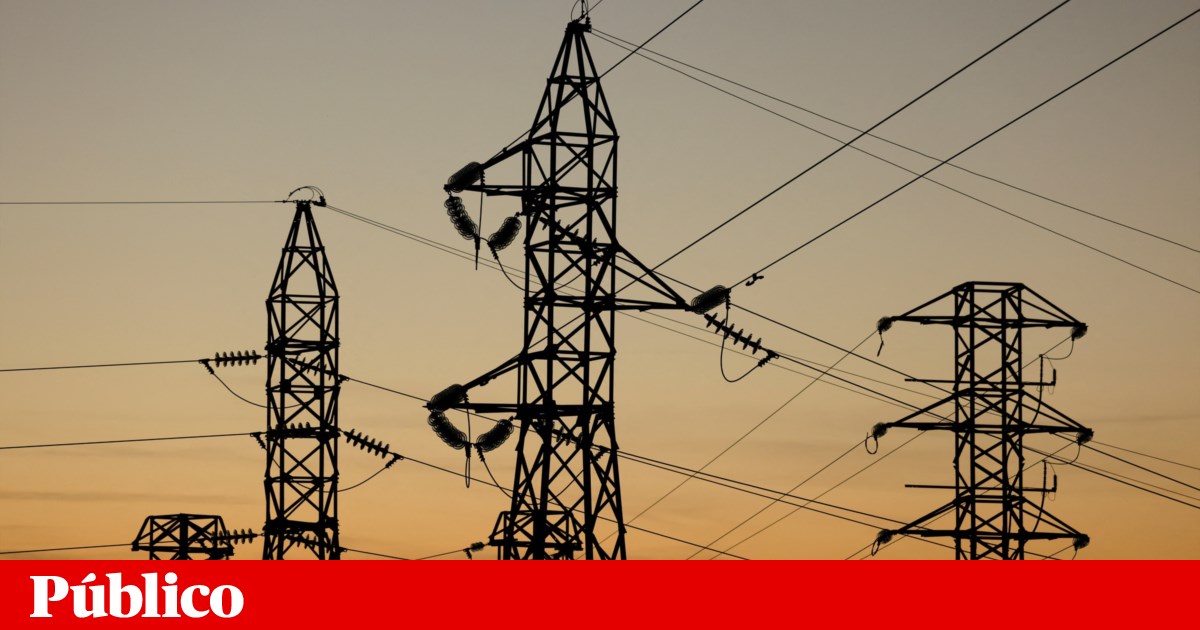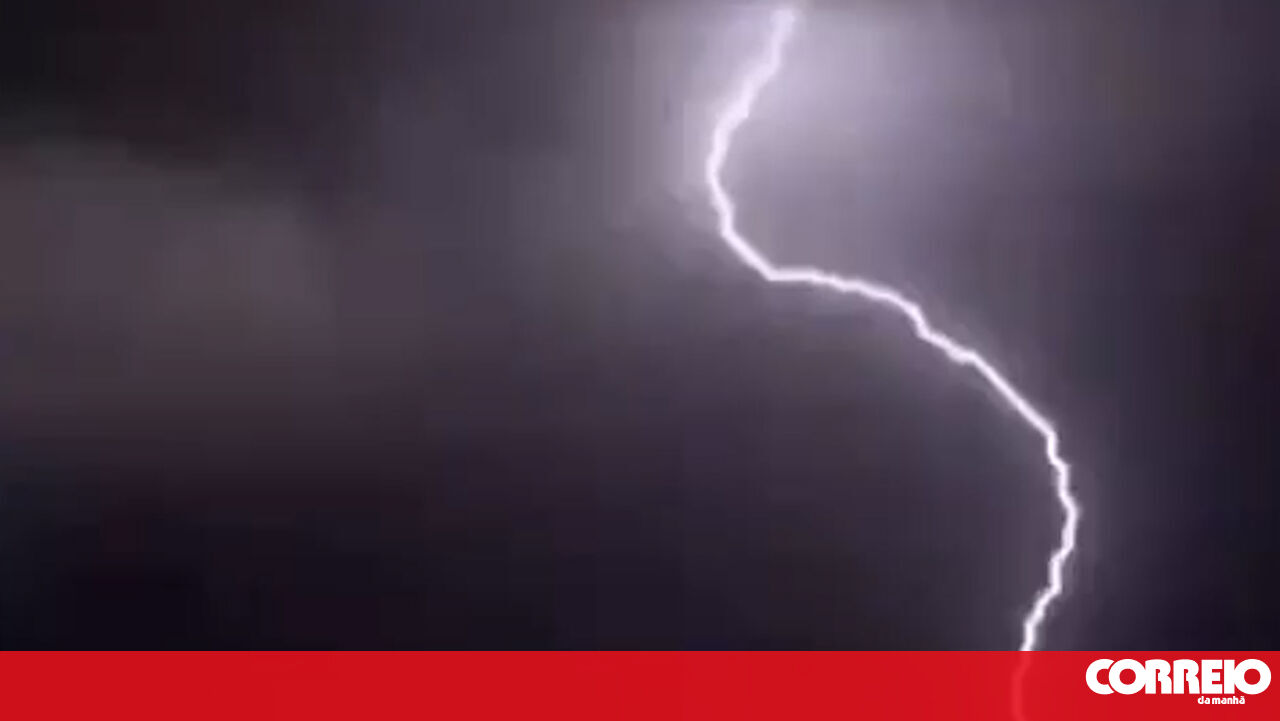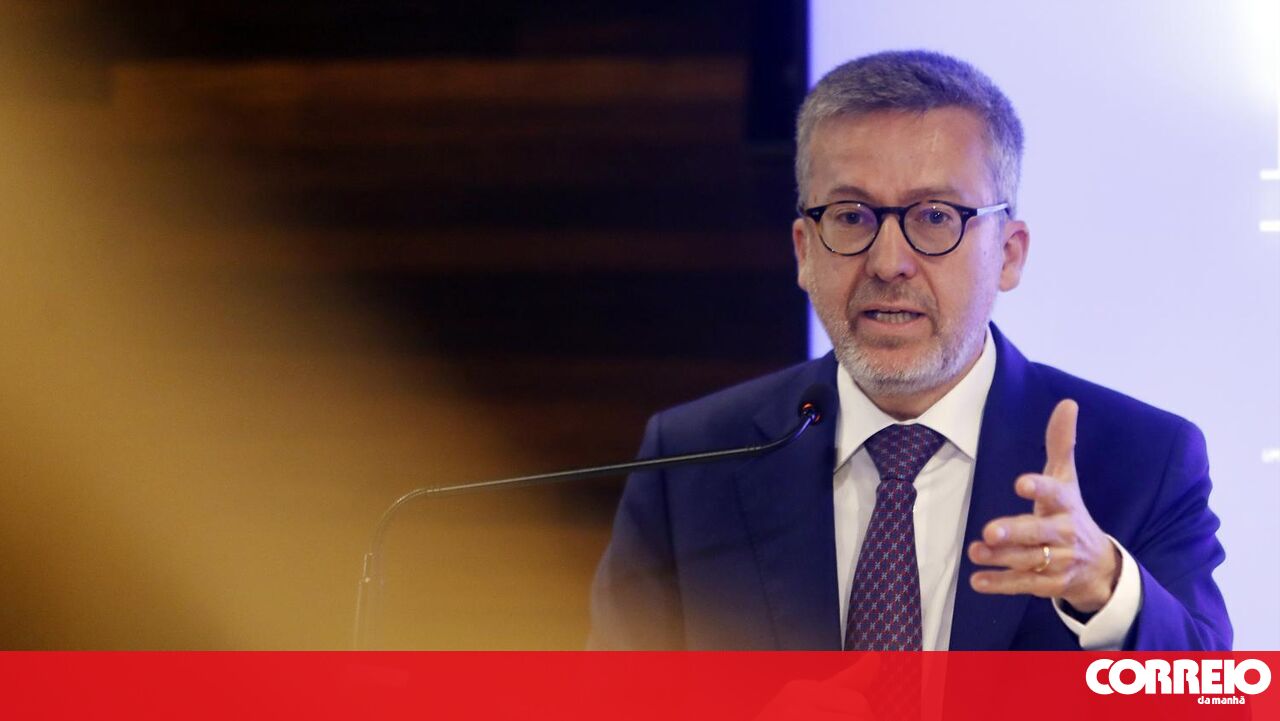Background on the 2018 Incident
In May 2018, the Glória elevator in Lisbon experienced a derailment, an event that did not go entirely unnoticed by transport authorities. Despite not having direct oversight responsibilities for this Carris-operated funicular, the Instituto de Mobilidade e Transportes (IMT) initiated an informal inquiry. This was not due to supervisory duties but because an IMT department sought to understand if similar issues could affect the Bica and Santa Justa elevators, which shared the same maintenance company, CME, at the time.
Regulatory Responsibilities and Changes
At that period, the Bica and Santa Justa elevators were under IMT supervision because they were not cable-driven vehicles, unlike the Glória and Lavra elevators, which fell under the Autoridade Nacional de Segurança Ferroviária. However, starting in 2020, following the transposition of a European regulation, the IMT ceased to be responsible for historical, cultural, or heritage installations that entered service before January 1, 1986, without significant design changes.
Details of the IMT's Actions
The IMT's request for information in May 2018 was made by its railway safety department and directed to a Carris director, not the administration. It was an informal effort to gather clarifications and did not result in any official reports or recommendations. Both the IMT and Carris did not respond to inquiries about this matter by the time of the article's publication.
The 2018 derailment was first reported by Público, attributing it to a "grave maintenance failure." Carris acknowledged a technical anomaly but provided no further details. Recently, after a fatal accident in the same elevator that killed 16 people, Carris released occurrence records from 2018 that did not specify the cause. No accident report was produced because the incident caused no material or personal damages, though it led to a one-month shutdown of the Glória elevator and an accelerated general repair.
Maintenance and Causes
According to law, Carris, as the operator, is responsible for ensuring the safety of cable transport installations and passengers. Maintenance of infrastructure elements like aerial tracks and rails was excluded from private contracts since 2012, remaining under Carris's purview. The 2018 derailment was caused by wear on the wheel flanges (verdugos) due to insufficient turning frequency and dirt on the rails, which compromised wheel alignment.
Internal assessments indicated that some wheel flanges were at the minimum allowable size threshold, contributing to the derailment. In response, Carris increased the frequency of wheel checks from every six months to every two months and implemented written records of these actions.
Contractual and Repair Context
The major repair of the Glória elevator in 2018 was handled by MNTC (Main), an external company that later won the maintenance contract for all four elevators in 2019. MNTC has been the maintenance provider since then, including during the recent accident on September 3. It is unclear if MNTC performed the recent repairs or replacements, such as for the cable whose failure may have caused the latest incident.
Carris has stated it is addressing numerous inquiries from media and entities with priority, but details remain scarce.














Comments
Join Our Community
Sign up to share your thoughts, engage with others, and become part of our growing community.
No comments yet
Be the first to share your thoughts and start the conversation!